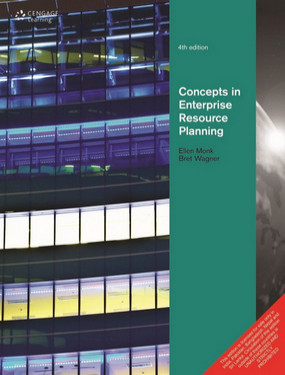
Concepts in Enterprise Resource Planning
ISBN: 9788131525920

E-Business
ISBN: 9788131526279

Software Project Management
ISBN: 9788131514849

Succeeding in Business with Microsoft® Excel® 2013 : A Problem-Solving Approach
ISBN: 9788131527962

Microsoft® Excel® 2013 : Comprehensive
ISBN: 9788131531686

New Perspectives Microsoft® Office 365 & Excel 2016 : Comprehensive
ISBN: 9788131534434

Information Technology Project Management with MindTap
ISBN: 9789355736130

eBook for New Perspectives Microsoft® Office 365 & Excel 2016: Comprehensive
ISBN: 9789353505660

Spreadsheet Modeling and Decision Analysis with WebAssign
ISBN: 9789360532451

Enterprise Resource Planning
ISBN: 9789360531485

MindTap for New Perspectives Microsoft® Office 365® & Excel® 2019 Comprehensive
ISBN: 9780357392164

MindTap for Information Technology Project Management
ISBN: 9781337363099

MindTap for New Perspectives Microsoft® Office 365 & Excel 2016, Comprehensive
ISBN: 9781337019552

New Perspectives Microsoft Office 365 with Excel 2021: Comprehensive with MindTap
ISBN: 9789360533632

AI for Managers
ISBN: 9789360533038

eBook for AI for Managers
ISBN: 9789366605388

Emerging Technologies for Managers: Effective Management in the 21st Century
ISBN: 9789360539757

eBook for Concepts in Enterprise Resource Planning
ISBN: 9789353500160

Emerging Technologies in Business
ISBN: 9789366603315







